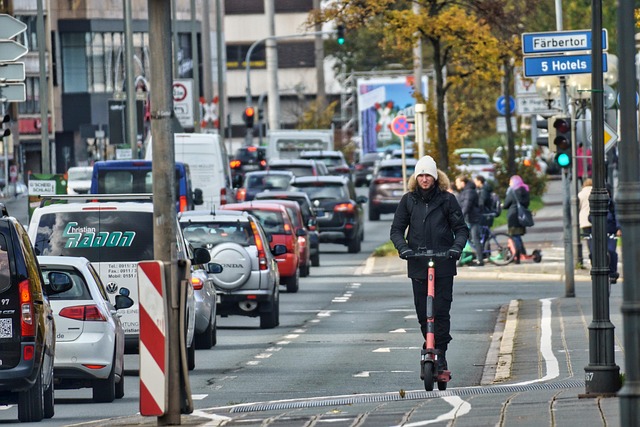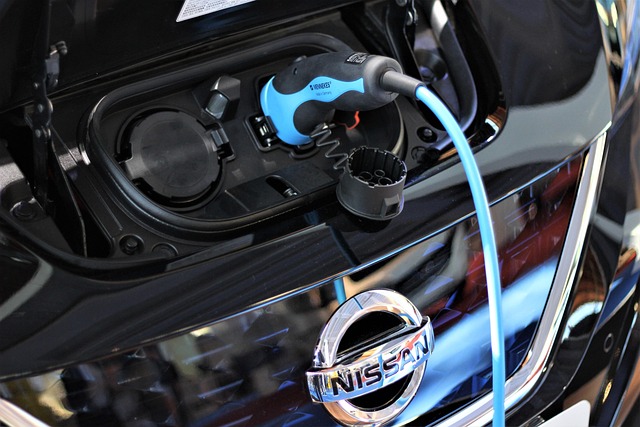Powering Rural Development: The Rise of Electric Buses in Sustainable Transport
In recent years, the global conversation around sustainability has gained significant traction, particularly in the realm of transportation. As our cities expand and the need for efficient travel options grows, electric buses have emerged as a beacon of hope, especially for rural communities. The integration of electric buses into public transport not only represents a step towards sustainable mobility but also offers transformative possibilities for rural development.
Transport Sustainability: A New Vision
Electric buses symbolize a shift in how we think about commuting and public transportation. Traditional diesel buses contribute to air pollution and greenhouse gas emissions, posing risks to both environmental and public health. In contrast, electric buses operate quietly and cleanly, generating zero tailpipe emissions. This transition to cleaner transport systems is vital in our fight against climate change and is essential for upholding the health of our planet.
For rural areas, where public transport options have historically been limited, electric buses provide an opportunity to innovate. These vehicles can traverse greater distances than their diesel counterparts without the constant need for refueling, making them particularly suited for rural routes that require flexibility and reach. By investing in electric bus infrastructure, rural communities can reduce their carbon footprint while ensuring reliable transportation for their residents.
The Impact on Rural Development
Beyond environmental benefits, the introduction of electric buses can significantly boost rural development. With improved connectivity, residents gain access to larger job markets and educational opportunities, which are often concentrated in urban areas. Reliable public transport means that people can attend classes, secure employment, and engage in community activities without the necessity of owning a personal vehicle.
Additionally, electric buses can stimulate local economies. The maintenance and operation of these vehicles can create job opportunities, ranging from technical positions in bus repairs to roles in driving and management. As governments invest in the infrastructure necessary to support electric buses, rural areas can harness this momentum to upgrade their facilities, leading to further economic growth and community investment.
A Community-Centric Approach
Moreover, electric buses foster a sense of community. The shift towards shared, public transport options encourages social interaction among residents who may have previously been isolated. A vibrant transportation network can lay the groundwork for active community participation, leading to a more engaged citizenry and enhanced quality of life.
With a focus on equity, electric buses can bridge the gap between urban centers and rural communities, ensuring that everyone has access to clean, efficient transport. This democratization of mobility paves the way for sustainable growth that benefits everyone, regardless of geographical location.
As we continue on the path toward a more sustainable future, electric buses hold immense potential. For rural communities, they are not merely vehicles; they symbolize progress, opportunity, and a commitment to a healthier environment. Embracing this change is essential for fostering sustainable transport solutions that empower and uplift each person in the community, paving the way for a brighter, greener tomorrow.



